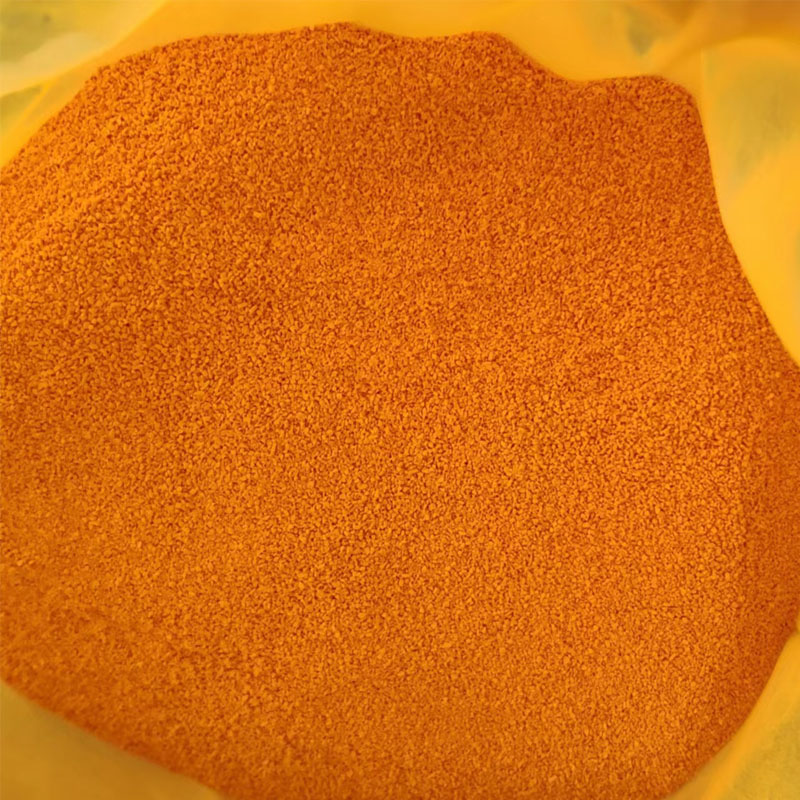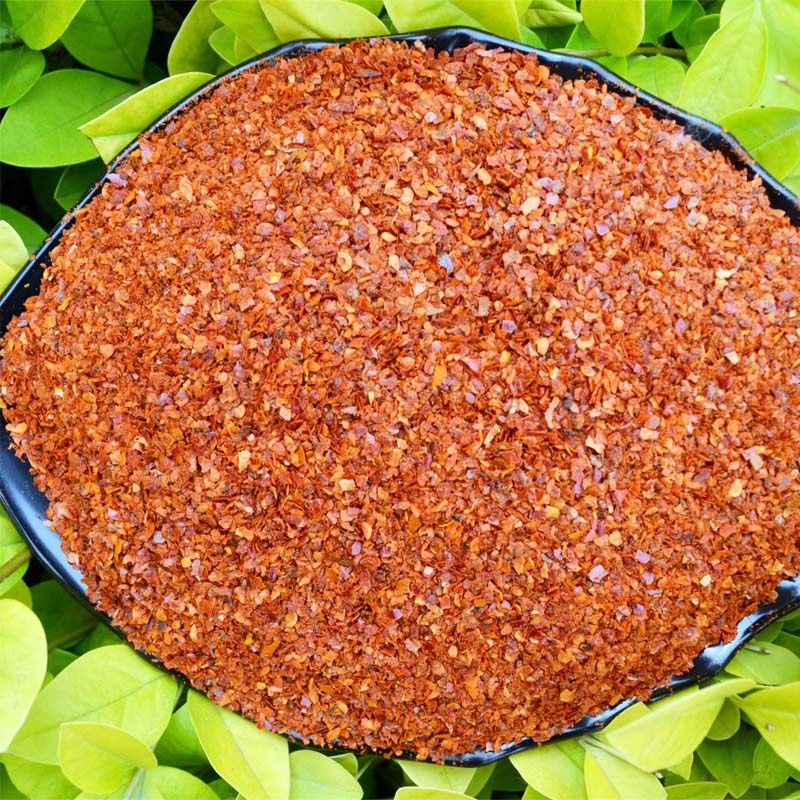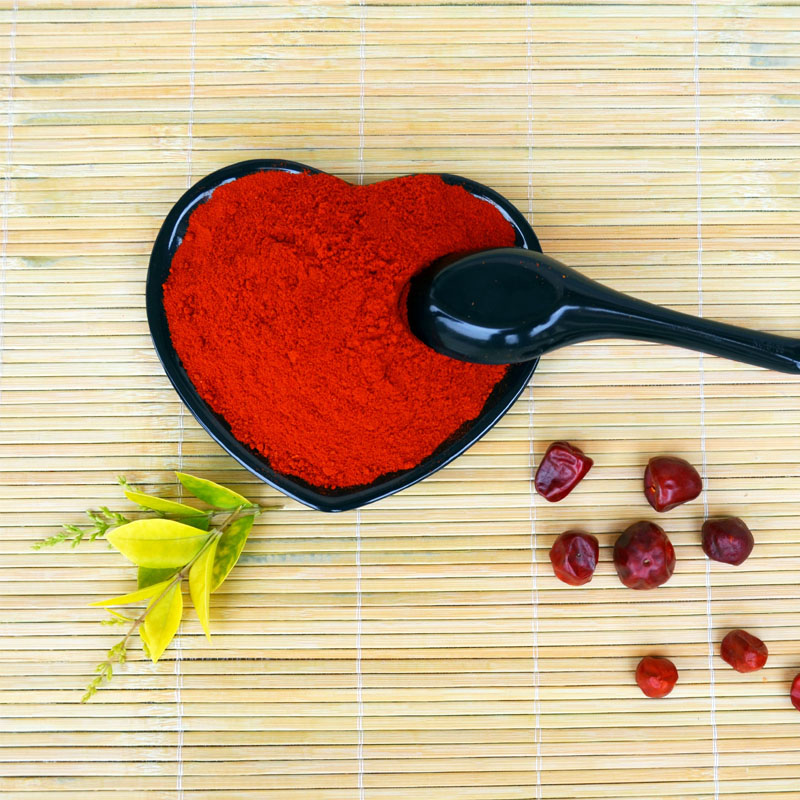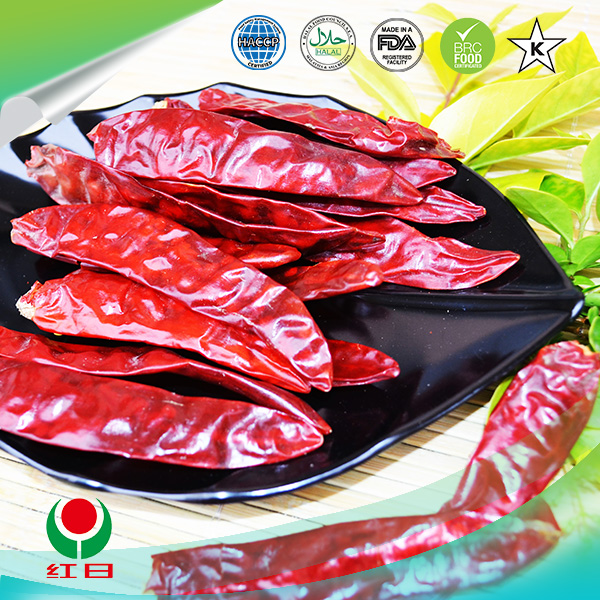- No. 268 Xianghe Street, Economic Development Zone of Xingtai city, Hebei 054001 China
- Byron@hbhongri.cn
chili powder and paprika
The Versatile World of Chili Powder and Paprika
When it comes to enhancing the flavors of our dishes, few ingredients are as impactful as chili powder and paprika. Both of these spices originate from the Capsicum family of plants, which are celebrated for their vibrant colors and remarkable health benefits. Despite their similarities, chili powder and paprika have distinct flavors and culinary uses that make them indispensable in kitchens around the globe.
Understanding Chili Powder
Chili powder is a blend of dried chilies and various spices, and its flavor profile can vary widely depending on the blend used. Typically, it is made from ground red chilies, but it can also include other ingredients such as garlic powder, onion powder, cumin, and oregano. This combination of spices contributes to a complex taste that can range from mildly spicy to intensely hot.
Chili powder is a staple in many cuisines, particularly in Mexican and Indian cooking. It adds depth and heat to dishes such as chili con carne, enchiladas, and curries. Additionally, it can be used to season meats, vegetables, and even popcorn, bringing a delightful kick to the palate. Nutrition-wise, chili powder is known for its health benefits, which include anti-inflammatory properties and the potential to boost metabolism.
Exploring Paprika
On the other hand, paprika is a spice made from ground bell peppers or sweet peppers. It is characterized by its vibrant red color and sweet, mild flavor. Paprika comes in several varieties, including sweet, smoked, and hot, each imparting a unique taste to dishes. The sweet variety is commonly used in Hungarian dishes, such as goulash, while smoked paprika adds a rich, earthy flavor that enhances everything from meats to stews.
chili powder and paprika
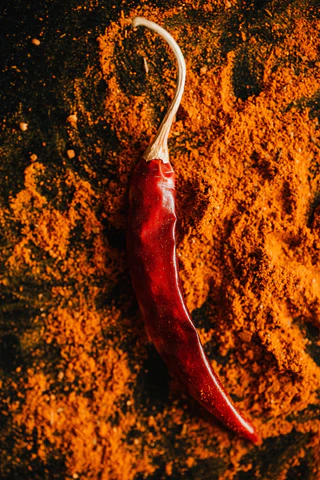
Paprika not only contributes color and flavor but also carries its own set of health benefits. Rich in antioxidants, it can help protect against oxidative stress and inflammation. Furthermore, paprika contains vitamins A and E, which are crucial for maintaining healthy skin and vision.
Culinary Uses and Pairing
In the kitchen, chili powder and paprika can sometimes be interchangeable, but knowing when to use each can elevate a dish significantly. For example, when making a spicy chili or a robust stew, opting for chili powder will add that necessary heat and complexity. Conversely, if you're preparing a dish where you want to introduce a mild flavor and vibrant color without overwhelming the palate, paprika is the ideal choice.
Both spices can also complement each other beautifully. A sprinkle of chili powder can enhance a dish seasoned with paprika, adding a layer of warmth to the sweetness. Consider a smoky chili rub that uses both spices; the paprika offers sweetness while the chili powder brings the heat, creating a balance that excites the taste buds.
Conclusion
Both chili powder and paprika are more than mere seasonings; they are gateways to a world of flavor. By understanding their differences and respective culinary applications, home cooks and professional chefs alike can create dishes that are not only delicious but also full of vibrant color and rich depth. Whether you prefer the heat of chili powder or the sweetness of paprika, incorporating these spices into your cooking will undeniably enhance your culinary experience. So, the next time you're in the kitchen, consider reaching for that jar of chili powder or paprika and let it transform your meals into something extraordinary.
-
Turmeric Rhizome Powder: A Golden Treasure from Roots to TableNewsJul.28,2025
-
The Versatile Application Of Crushed Red Hot Peppers: Lighting Up The Red Flames On The Dining TableNewsJul.28,2025
-
The Paprika: A Touch Of Vibrant Red In Color, Flavor, And CultureNewsJul.28,2025
-
Ground Turmeric: A Modern Examination of an Ancient SpiceNewsJul.28,2025
-
Capsicum Liquid Extract: Features, Applications, and ChallengesNewsJul.28,2025
-
Application of Capsicum Liquid Extract in FoodNewsJul.28,2025
